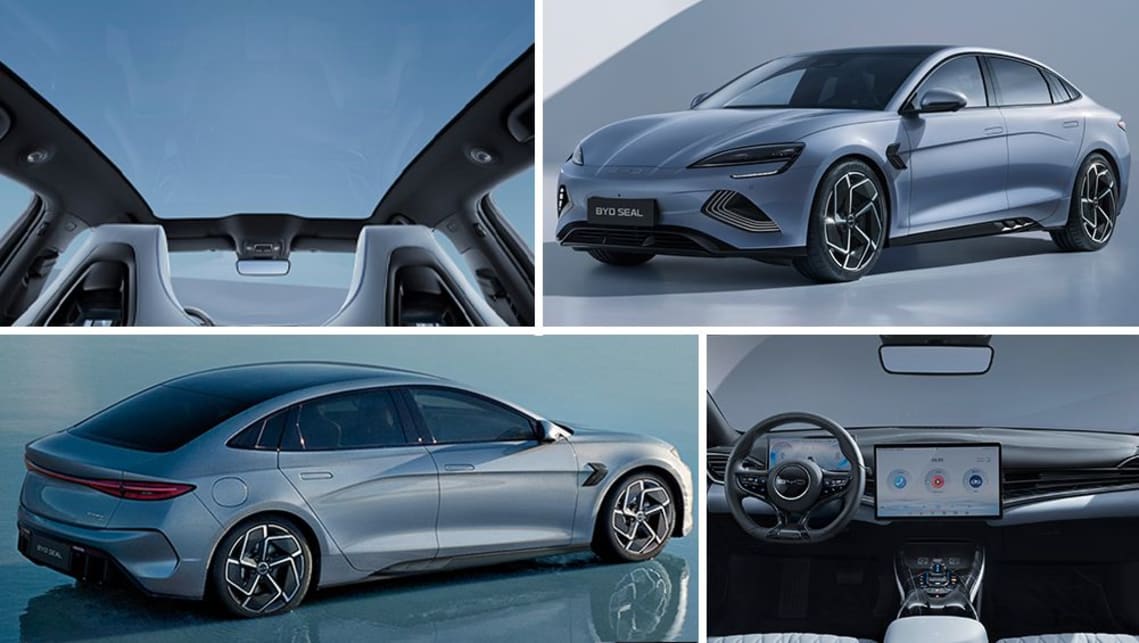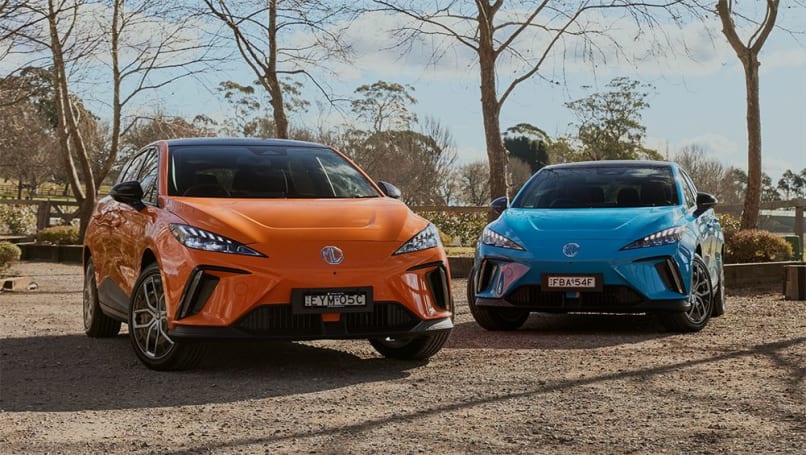
The new car sales winners of 2024: Toyota, Mitsubishi, Ford, BYD, Suzuki, GWM and more!
The Australian new car market is more competitive than ever before and the 2024...
Browse over 9,000 car reviews

Ever wondered how Chinese brands like BYD and MG are able to price their electric cars so much more affordably than any other brand? We did and so we decided to investigate.
See until now we have been told by car companies that the real reason why electric vehicles are so expensive is because the lithium-ion batteries cost so much to make.
Hyundai's senior manager of Future Mobility Scott Nargar told CarsGuide earlier this year that the sudden surge in demand is making it hard for current lithium mines to keep up.
“Everybody is after the same very limited supply of raw materials for batteries,” he said.
“There are already very established mining industries for cobalt and copper, but it’s the lithium which goes into lithium-ion batteries which adds that big cost to them.
“There’s about six different battery manufacturers and huge demand for a limited amount of batteries.”
At the time Kia Australia’s product manager Roland Rivero also said that the higher price of electric vehicles compared to petrol and diesel ones was due to the cost of making the batteries.
“Battery costs (raw materials which make up the battery) aren’t coming down and supply in general has been tight relative to demand,” he said.

That would explain why a little electric Kia Niro starts at $66,590 before on-road costs. That’s the price of a big petrol SUV, but also the cost of an electric small SUV.
We’ve been told that until Australia starts opening and operating large lithium mines, and until they’re operating at full-scale capacity, then the prices of EVs will stay high. That could be a decade away.
We sort of came to terms with that and the idea that until batteries can be made cheaper, then prices of cars that had them would stay high.
Then Chinese brands came in offering electric cars which undercut their rivals ruthlessly.
The MG4 is the same size as a Kia Niro and has the same sized 64kWh battery. But while Kia asks more than $66 grand, MG is charging just $44,990.

How is this possible? Is Kia overcharging? Does MG have better access to battery raw materials?
Well Kia isn’t overcharging. Tesla can’t match the prices of Chinese brands either. The Model 3 with the 82kWh Long Range battery lists for $71,900. BYD’s rival sedan the Seal also has an 82.56kWh battery in the Premium grade which lists for $58,798.
Hyundai offers the Ioniq 6 with a 77.4kWh, and the most affordable version is $71,500.
So, what’s going on?
Hyundai’s Chief Operating Officer John Kett shared his insight into how the Chinese brands are able to price their EVs so competitively with CarsGuide.

“I don’t think we’ll ever be able to [have] price points like them,” he said.
“BYD has their own battery supply chain. And if you don’t have a supply chain, then you’re leaning on a government body or CATL, and so they’ve got scale and they’ve definitely got a price advantage over us.”
BYD is now the world’s largest electric vehicle maker, but long before it made cars it was a rechargeable battery producer. Now BYD is second only to China-based CATL as the world’s largest lithium-ion battery maker as well.
“As much as we talk about their EV credentials, and it's very strong, I think up until September this year they’ve exported out of China more than two million cars and 75 per cent of those cars are ICE (internal combustion engine) cars,” Kett said.
“So all this excess capacity and amortised transmission and engine facilities, that’s why they can price so aggressively in their ICE cars and then complementing them with their EVs.

“I think the whole world is going to confront the same reality that we’re seeing - the Chinese where there’s ICE opportunity will maximise if by virtue of the fact that they’ve got scale, and we’ll see that impact here. And their EVs will take their place.”
So it appears then that not only are Chinese brands in a more advantageous position in sourcing the most expensive part of an EV - the battery - thanks to either producing them themselves or through government assistance, but the sheer scale of their operations means they’re willing to undercharge and absorb the loss of earnings.
For now that is, because you can bet that once MG and BYD become established in Australia the prices won’t remain the cheapest.
So what will happen when lithium prices become cheaper? Well, they already are. The price of Lithium Carbonate has more than halved since January this year and it’s forecast that as demand for EVs slows down in the US and Europe, there will actually be an oversupply in 2024 and 2025.
Will that mean cheaper EVs for Australians? Well, we have seen prices reduced by many brands recently, but not halved and the Chinese brands have reduced prices too often in competition with each other in order to stay the most affordable.
Comments